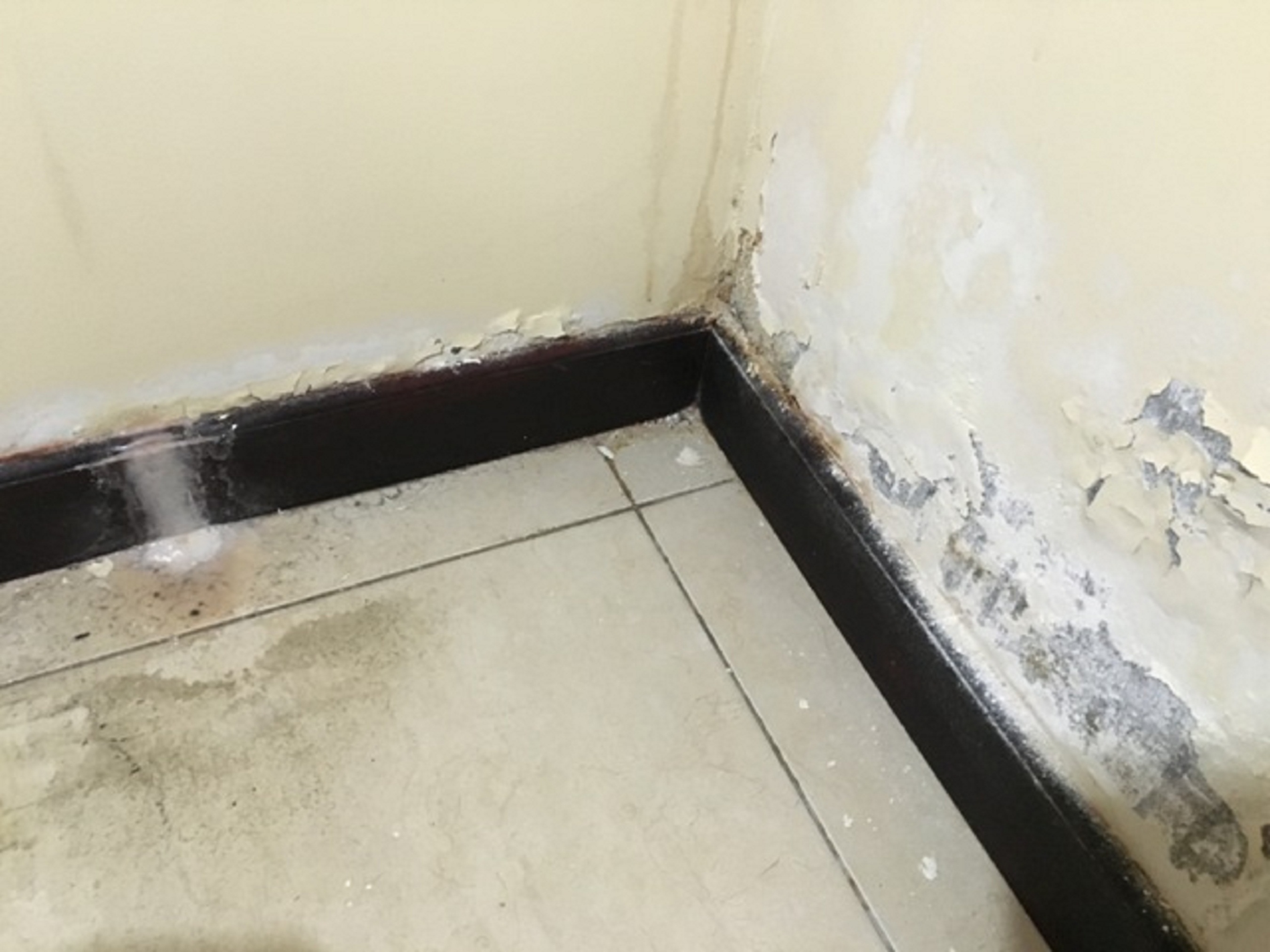Do's & Don'ts of Water Damages.
Do's & Don'ts of Water Damages.
Blog Article
We have encountered this great article on Reducing Your Risk Of Water And Fire Damage At Home below on the internet and reckoned it made good sense to relate it with you in this article.

Though water gives life, water breach on components where it's not intended to be can cause damages. If the water saturates into your structure, it can peel away surface areas and also wear down the foundation. Mold and also mold likewise flourish in a damp environment, which can be unsafe for your health. Homes with water damages scent musty and also old.
Water can come from many resources such as tropical cyclones, floods, ruptured pipes, leaks, as well as sewer issues. In case you experience water damages, it would be excellent to understand some safety preventative measures. Here are a couple of guidelines on just how to take care of water damage.
Do Prioritize Residence Insurance Coverage Coverage
Water damages from flood as a result of heavy winds is seasonal. You can additionally experience a sudden flooding when a faulty pipe instantly bursts right into your residence. It would be best to have residence insurance that covers both disasters such as natural catastrophes, and emergencies like damaged plumbing.
Do Not Forget to Shut Off Energies
In the event of a catastrophe, specifically if you live in a flood-prone area, it would be advisable to shut off the primary electric circuit. This cuts off power to your whole home, preventing electrical shocks when water is available in as it is a conductor. In addition, do not forget to turn off the primary water line valve. Furniture will move around and cause damage when floodwaters are high. Having the main valve turned off avoids more damage.
Do Stay Proactive and Heed Weather Alerts
Listen to emptying cautions if you live near a lake, river, or creek . Doing so reduces possible home damage.
Do Not Neglect the Roof
You can prevent rainfall damage if there are no holes as well as leakages in your roof covering. This will certainly prevent water from streaming down your walls as well as saturating your ceiling.
Do Take Notice Of Small Leaks
A burst pipe doesn't occur over night. Generally, there are warnings that show you have weakened pipes in your home. For example, you might discover gurgling paint, peeling off wallpaper, water touches, water discolorations, or trickling audios behind the wall surfaces. At some point, this pipeline will certainly rupture. Ideally, you ought to not wait on things to escalate. Have your plumbing repaired prior to it causes substantial damages.
Don't Panic in Case of a Burst Pipe
When it comes to water damages, timing is vital. Therefore, if a pipeline bursts in your residence, instantly closed off your main water shutoff to reduce off the source. Call a trustworthy water damage reconstruction specialist for help.
Water offers life, water intrusion on components where it's not supposed to be can result in damage. Houses with water damages smell moldy and also old.
Water damage from flood fees to hefty winds is seasonal. You might notice bubbling paint, peeling off wallpaper, water touches, water discolorations, or dripping noises behind the wall surfaces. When it comes to water damages, timing is vital.
Are Water Mitigation and Water Damage Restoration the Same Thing?
When are Water Mitigation Services Needed?
Water intrusion can come from small sources like a dishwasher leak or larger ones like rainwater causing inches of standing water in a basement. Other instances of damage that call for water mitigation services include:
Sewer backup, sump pump failure, or clogged toilets Toilet wax seal failure Shower pan corrosion Pipe leaks and ruptures Washer or icemaker line breaks HVAC drain line blockage A leaking roof Moisture behind walls Foundation cracks Mold Mold is a good example to illustrate how water mitigation works. We’ve often found that clients we do mold remediation services for had existing water damage issues that ended up leading to the mold damage. When performing water mitigation we look for what’s causing the water problem and for ways to stop mold before it multiplies and becomes a bigger concern.
Are You Currently Experiencing a Water Disaster?
If you’re in the middle of a water intrusion disaster, here are some important dos and don’ts to follow:
Don’ts:
Safety first! Do not enter a room with standing water until the electricity has been turned off! A regular household vacuum should never be used to pick up water. Never use electrical appliance if standing on a wet floor or carpet. Leave visible mold alone. Dos:
Call a water mitigation professional as soon as possible. Mold and other damage can begin within hours of a water intrusion. Mop and blot up as much water as possible. Remove non-attached floor coverings and mats but leave wall-to-wall carpeting removal to a pro. If there are window coverings like draperies that touch the water, loop them through a hanger and put them up on the rod. Remove wet cushions to dry and wipe down soaked furniture. Move valuables like paintings, photos, and art objects to a dry location. Books should be left tightly packed on shelves until it’s determined if they need specialized drying. Prop open closets, cabinets, and drawers to allow them to air out. https://cfrsfl.com/blog/are-water-mitigation-and-water-damage-restoration-the-same-thing/

We had been shown that write-up about 5 Home Safety Tips To Reduce The Risk Of Fire And Water Damage through someone on our other blog. So long as you enjoyed reading our blog post kindly remember to share it. I praise you for your time. Don't forget to come by our site back soon.
Report this page